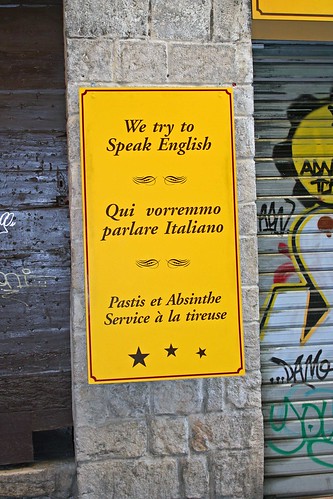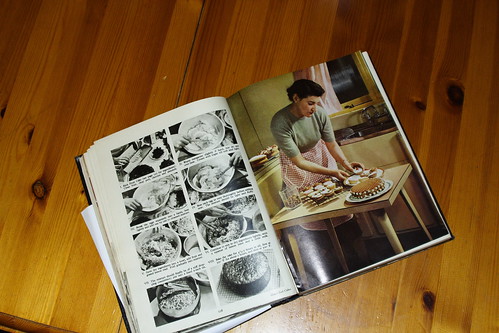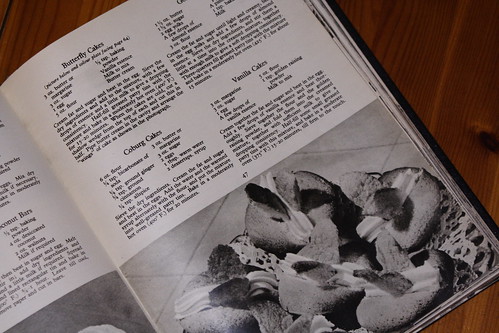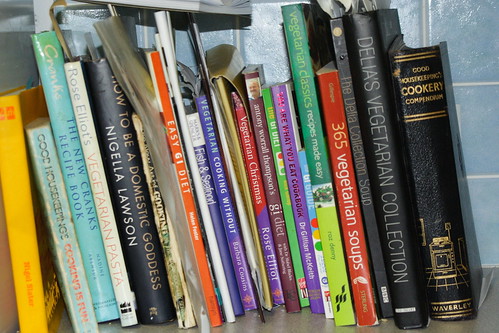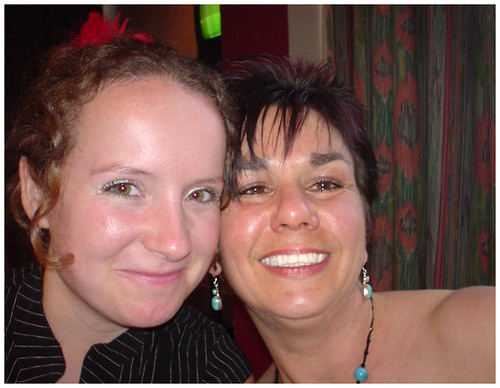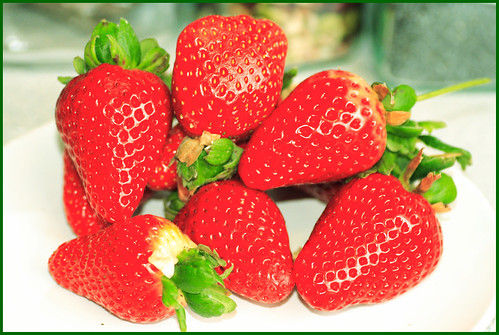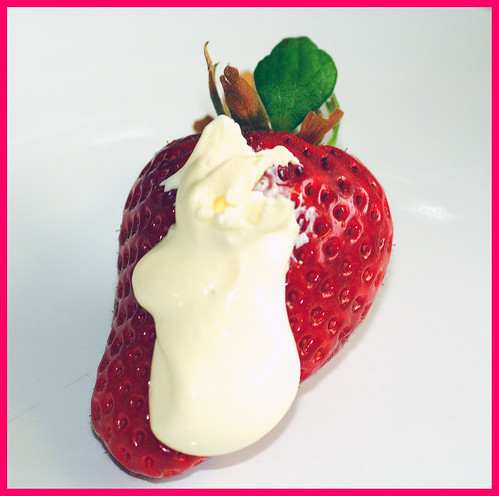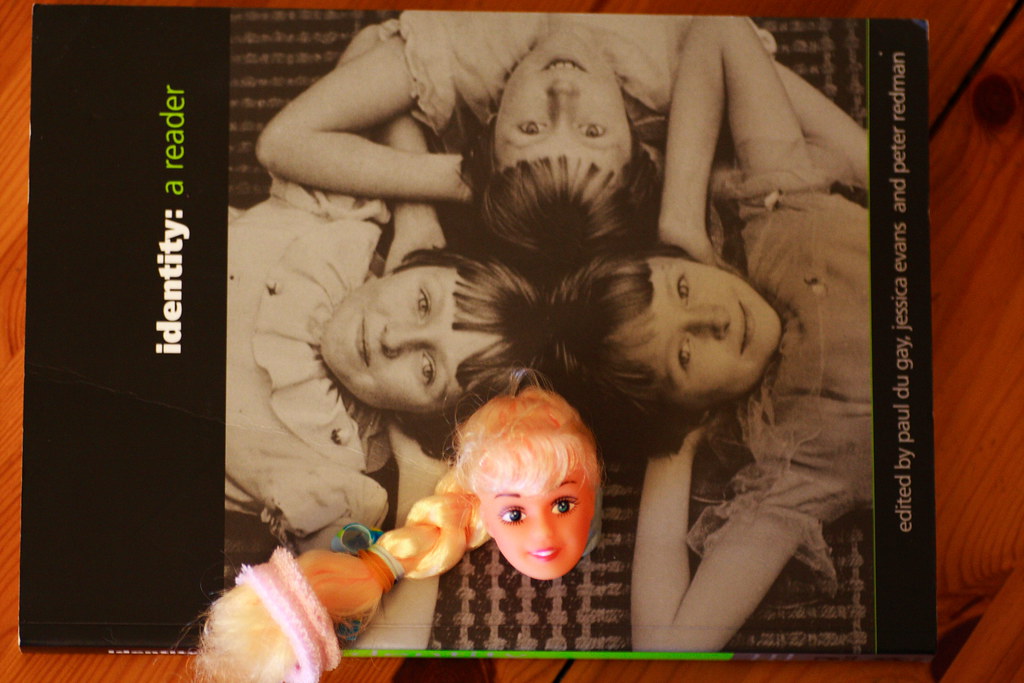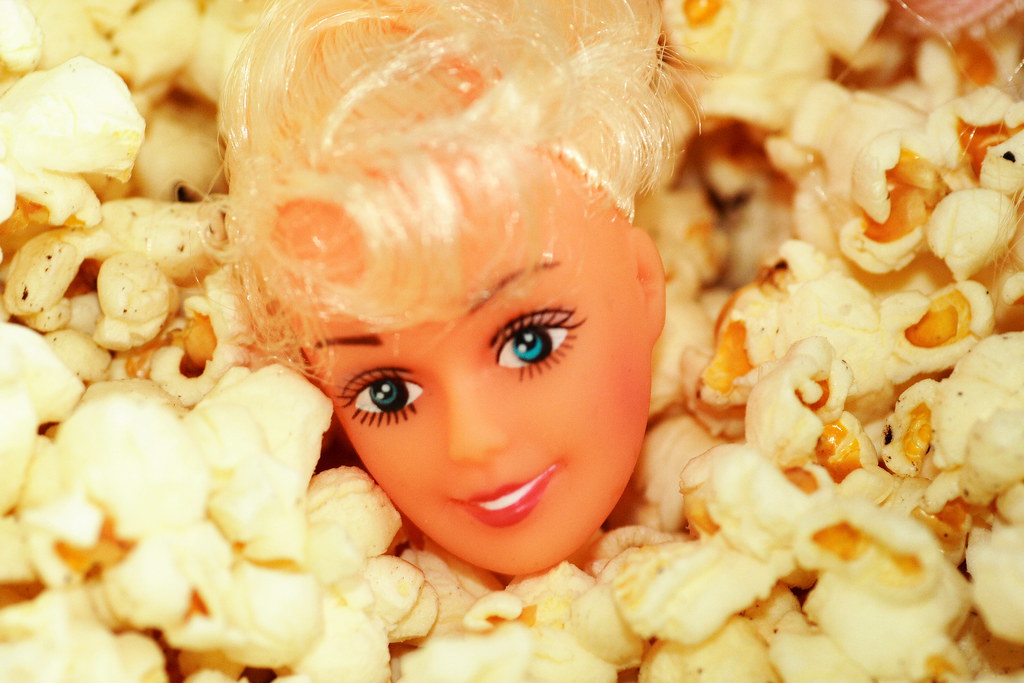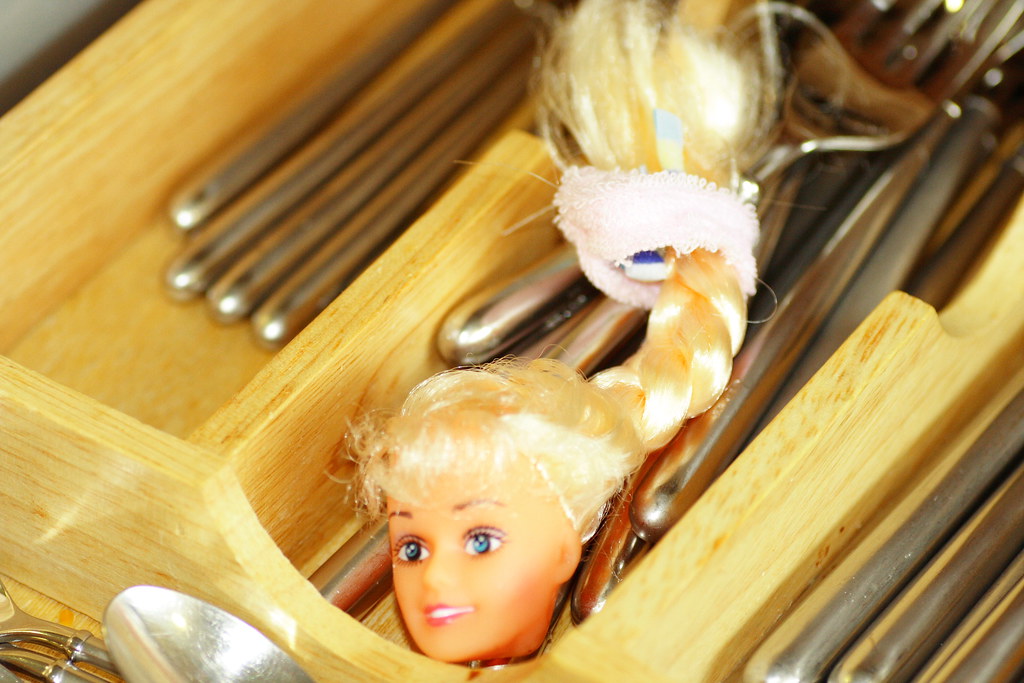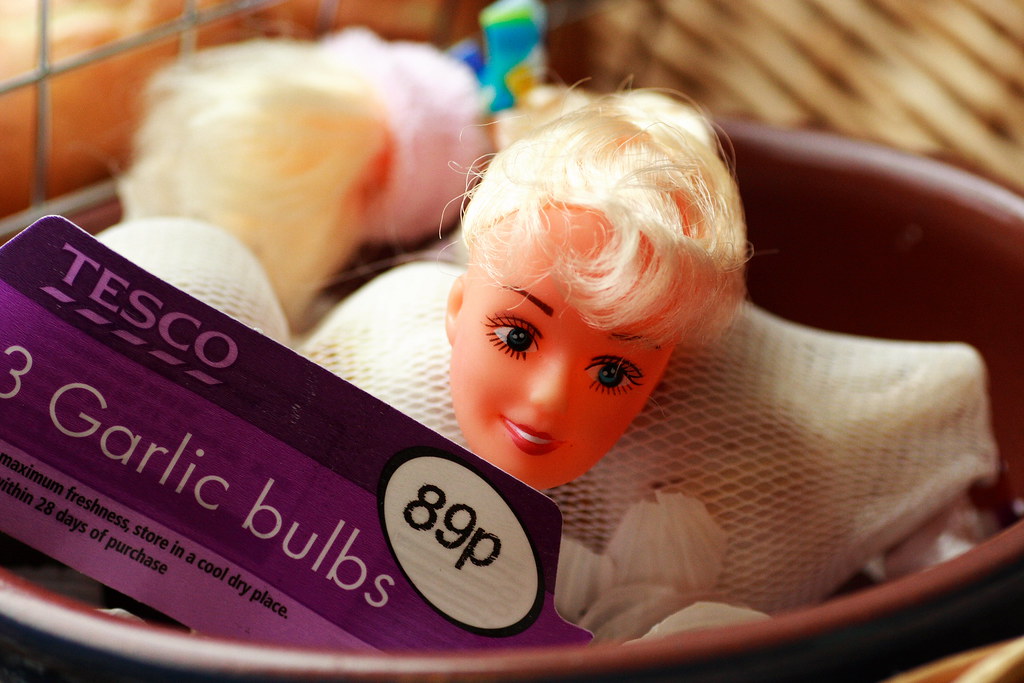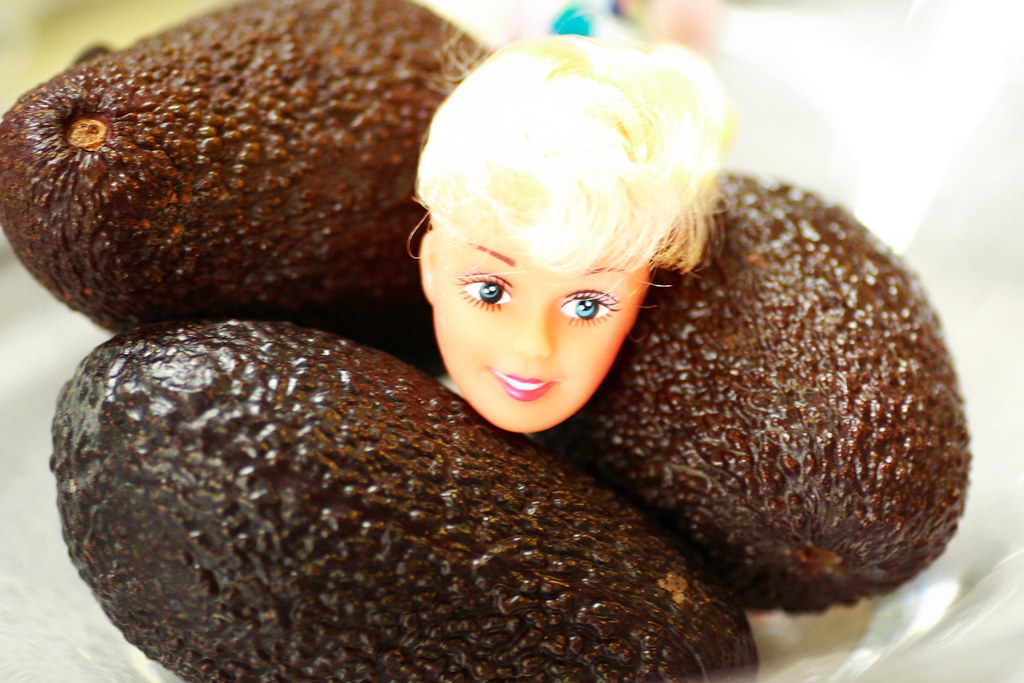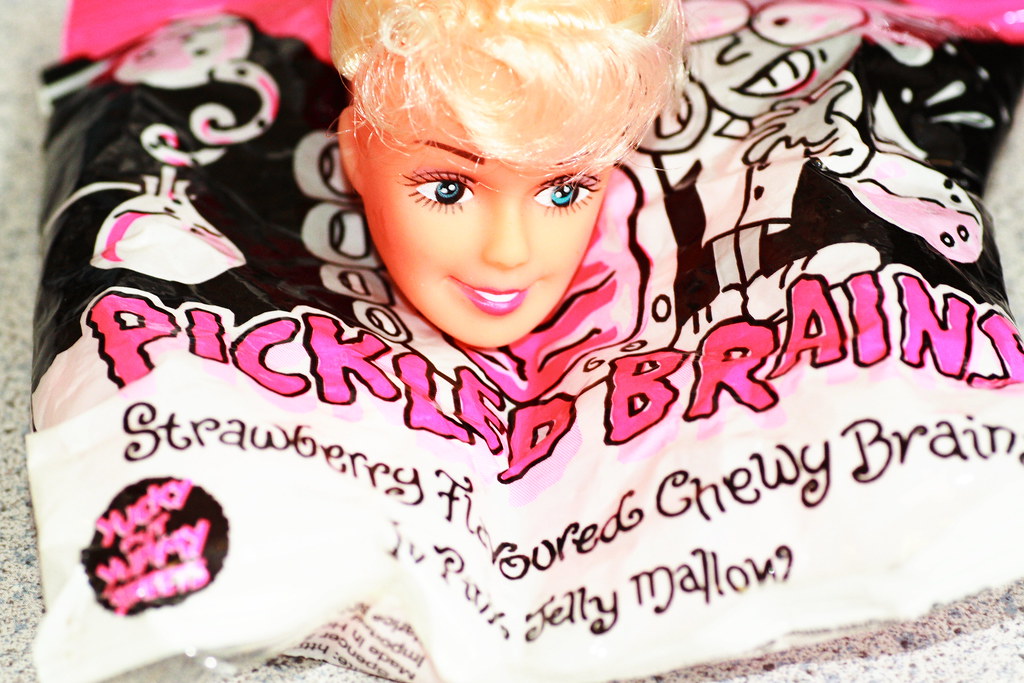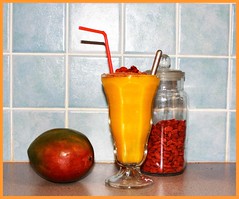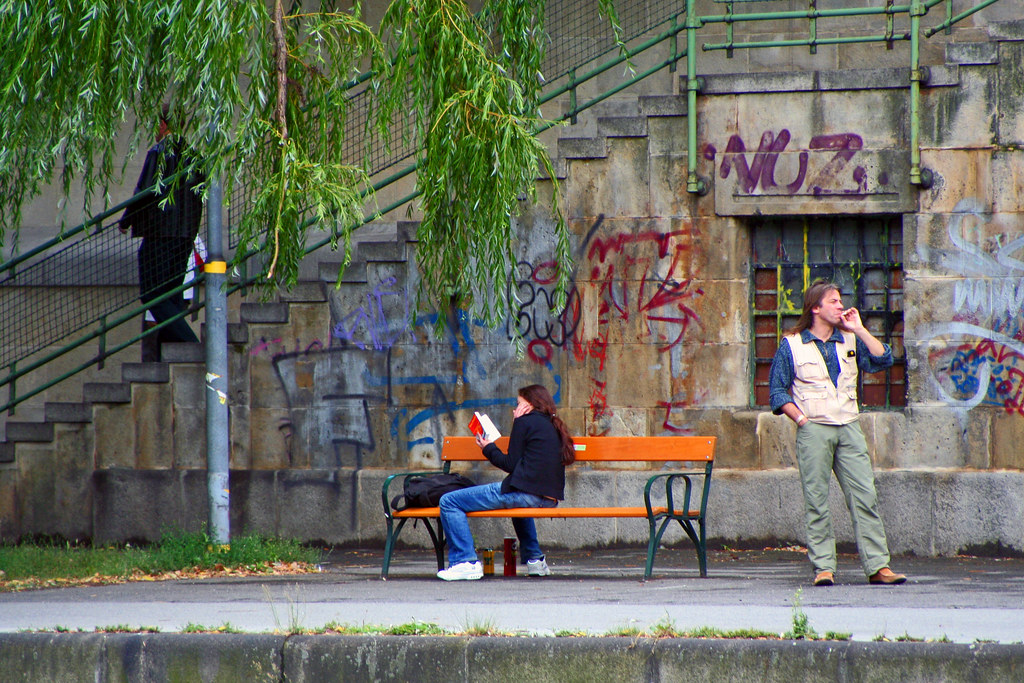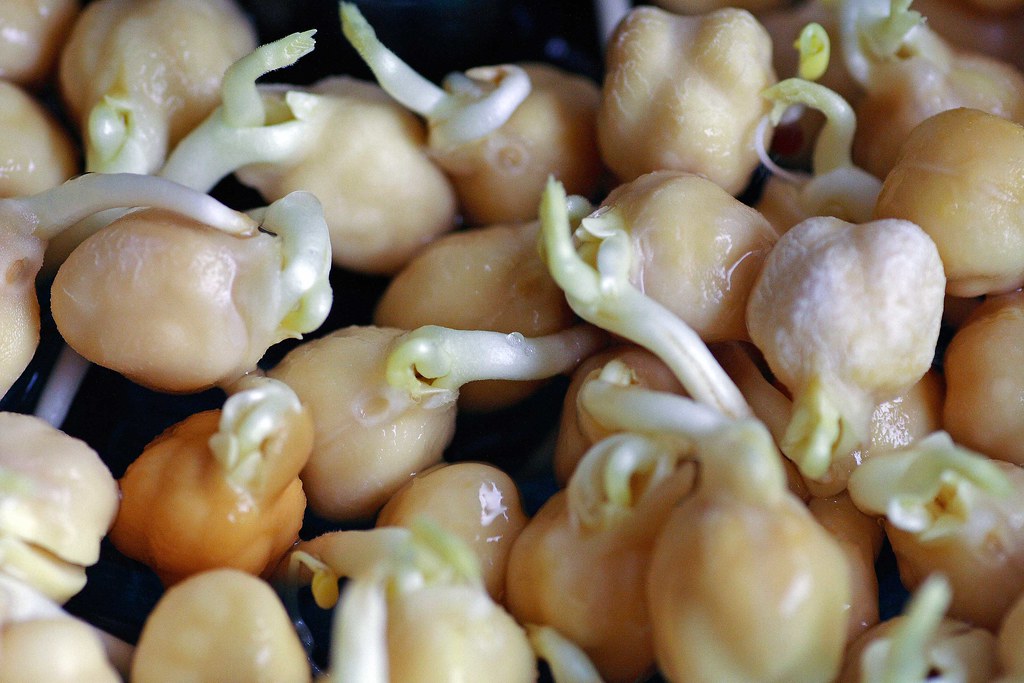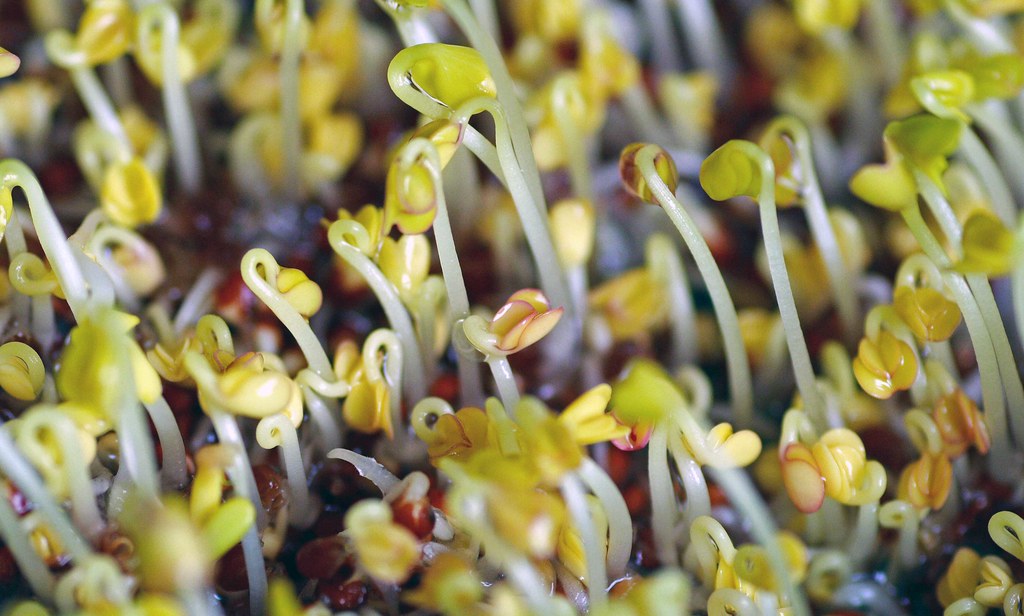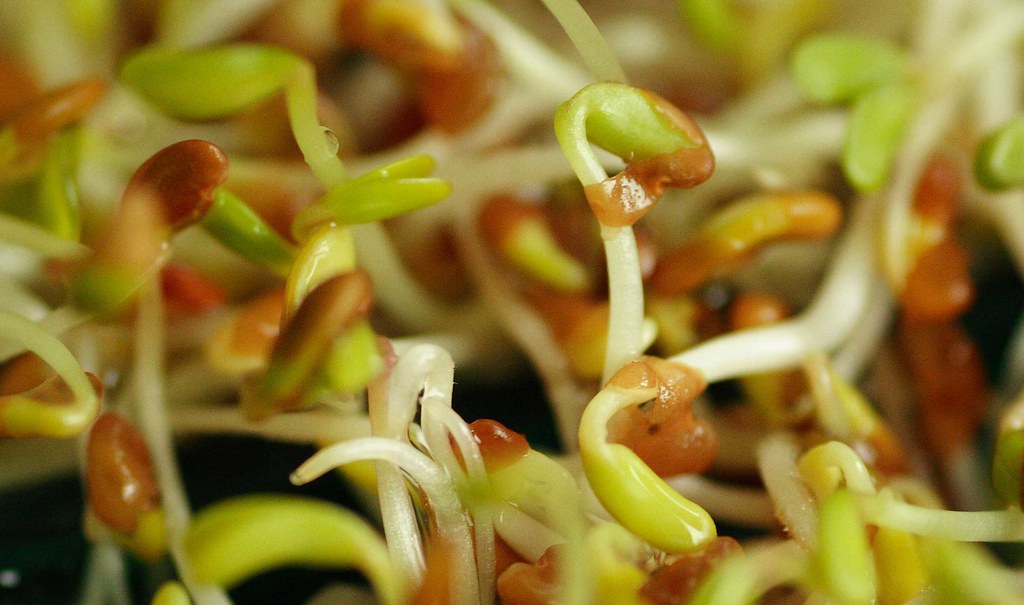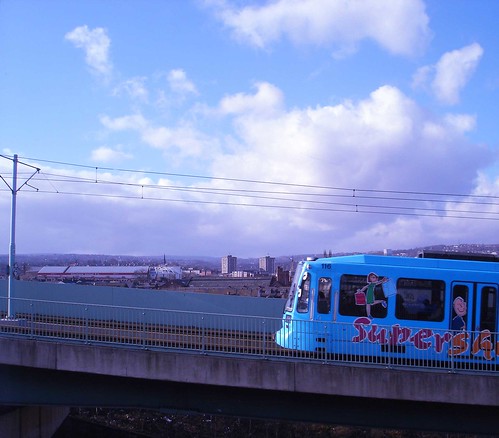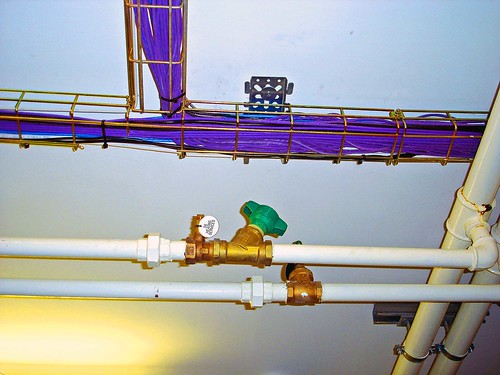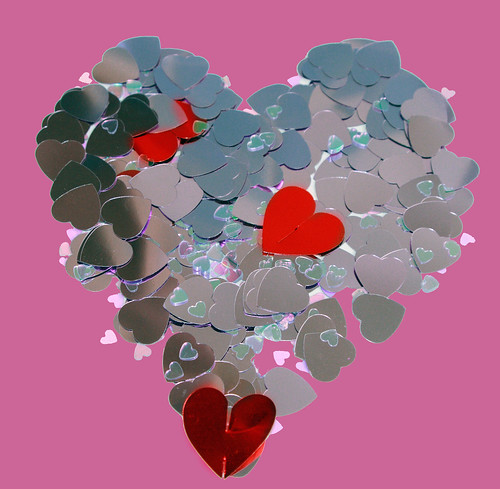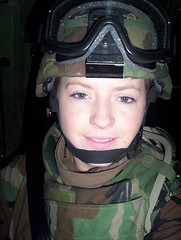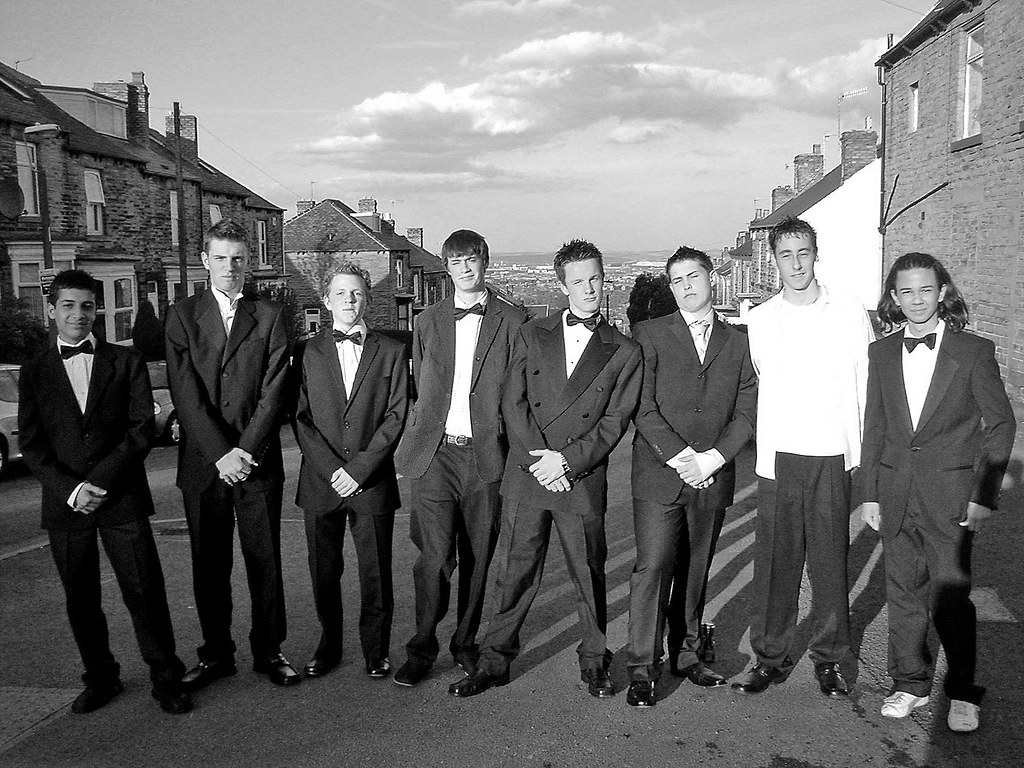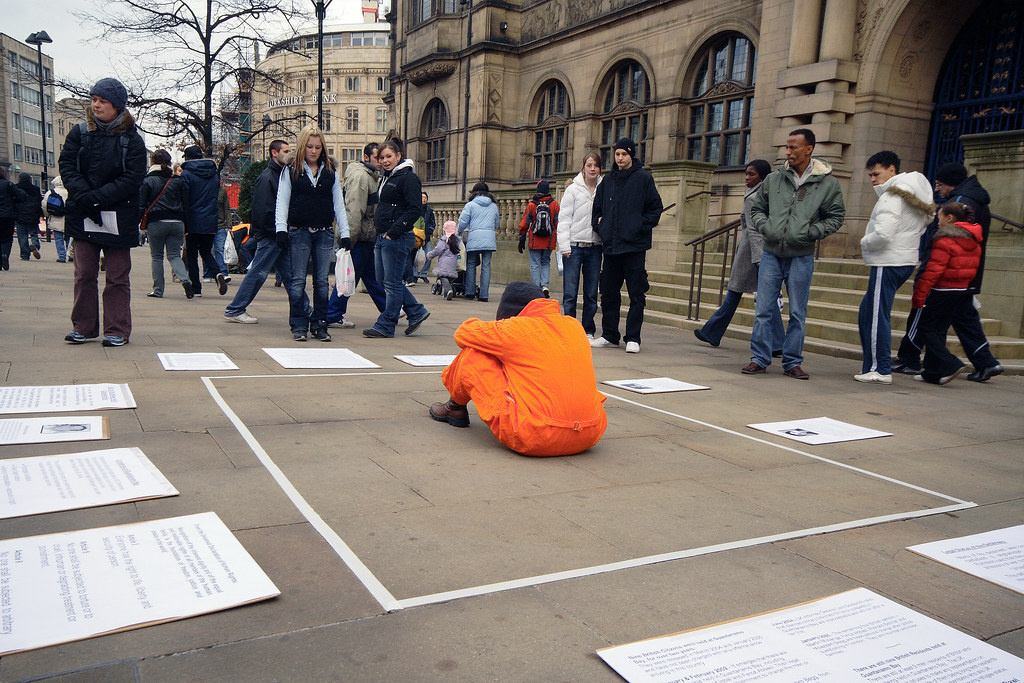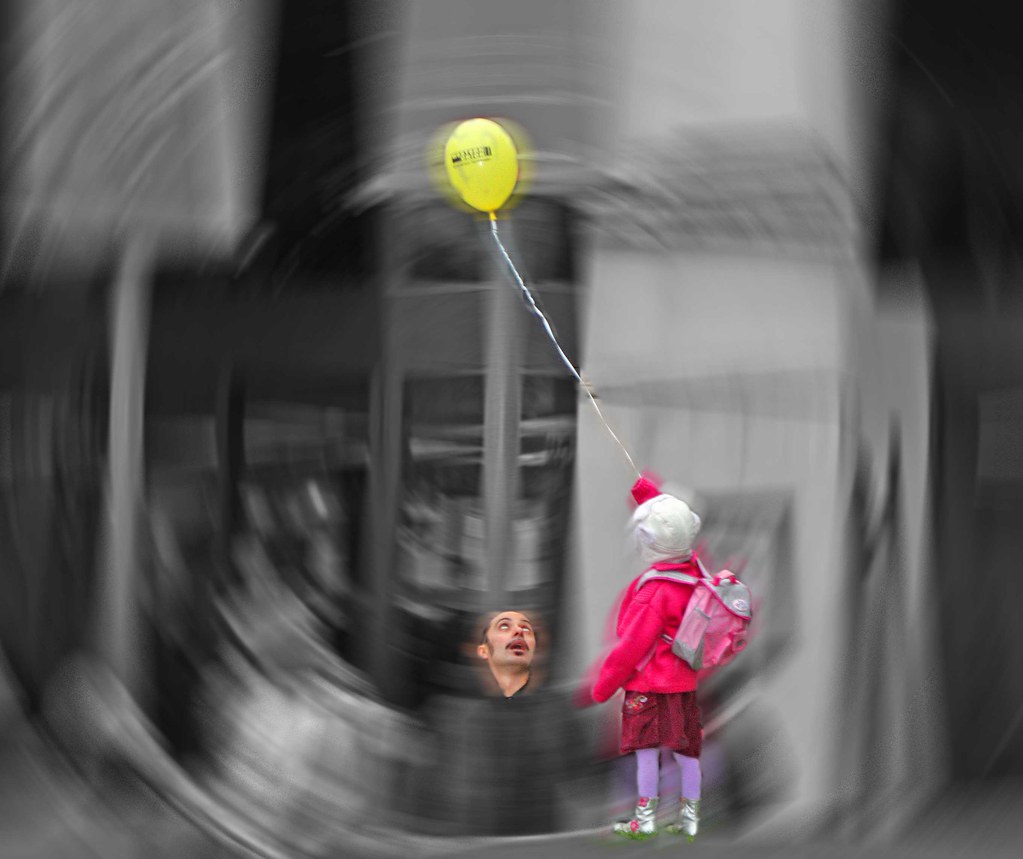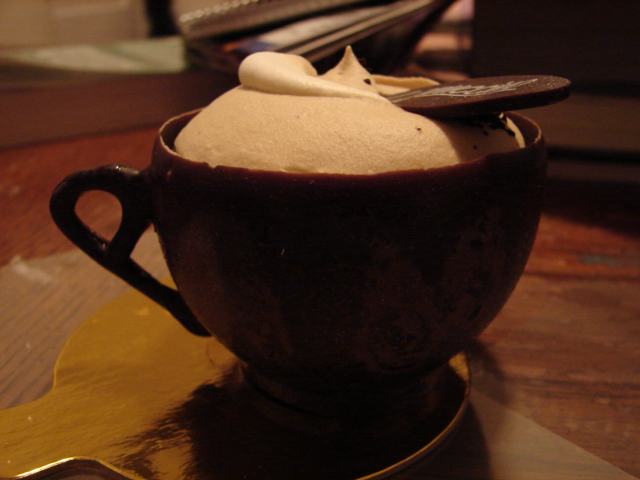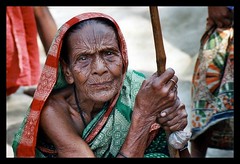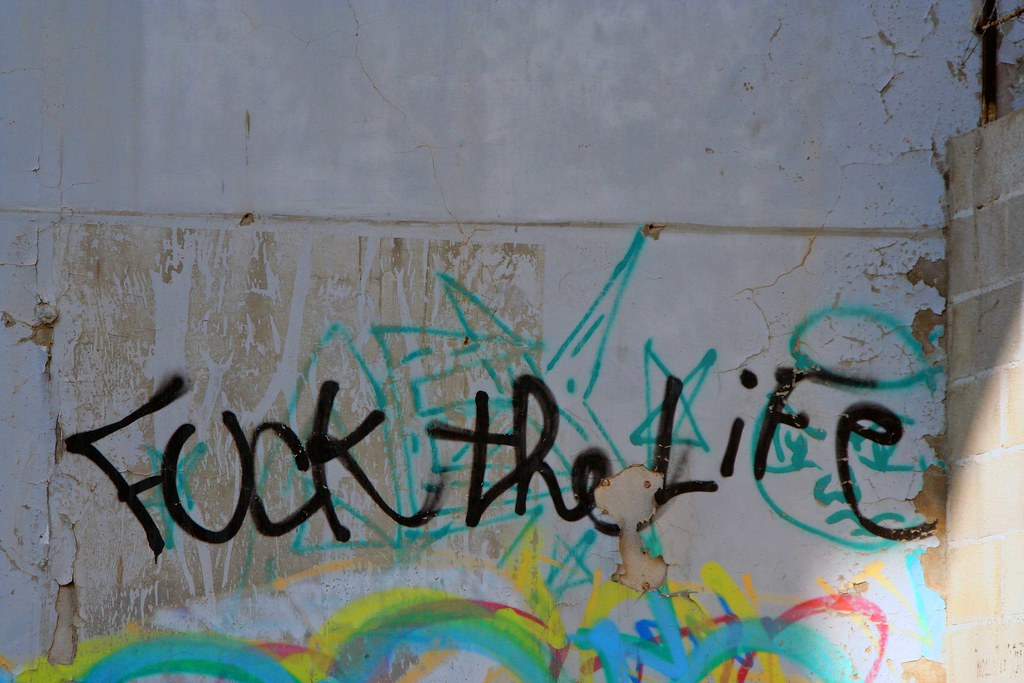When
Dana Cammack mentioned that one of her research subjects requested on her blog that her readers should write in their comments an invented memory of something that they had both been involved in, I was TRANSFIXED by this idea. She was tallking about it at the
NRC in Miami.
I was
transfixed because of what it meant in terms of identity practices - (to invent a memory requires some knowledge of the other person) . It brought a whole new dimension about identity performances, narrative and blogging to my mind. (I laughed when Dana said to us ' as you can imagine I was all over it when I read that
invent a memory of me post', because I would have been too. )
I decided to look into what Dana had been talking about and just typed into Google 'invented memory' . I had remotely hoped I would find the blog she was looking at. However I found LOADS of references to an 'invented memory' as in fact it turned out to be a
MEME. I had not realised this when I listened to Dana - I was probably so busy writing notes, you know how it is. I thought it was just her one girl who had written about this.
Anyhow it is a totally great Meme examples of which you will see
here and
here. I am fascinated by this whole thing and heard Sue Blackmore and Mary Midgeley rowing on
Radio 4's Today programme last week about whether Memes exist or not. I love the way Blackmore says we are 'meme machines' and also answered in the affirmative when the interviewer asked 'We all have genes. Do we all have memes?' I must say I do not go along with this as there has to be a cultural dimension to this - and interested and willing social carriers. I cannot go along with Blackmore's notion that the memes will do their thing irrep[ective of their carriers.
I also think that things do not happen unless they have some kind of social or cultural use - and this will help the process of t
ransformation. In turn this will help the meme become r
esilient. This is because I think they work in the same way as language does; a semiotic system needs to MEAN something to the hosts who carry it. And it is the hosts that give it meaning... in fact host is a bad word. (Can't think what the right one is at the moment. ) But I am convinced that memes as well as often being encoded in language, also behave like it too, in the sense of how it travels, means, is part of a culture, is capable of evolving and MEANS something.
There is a nice little article
here too. Gabora writes:
"While some ideas or concepts instantly fade into obscurity, others spread through a society, getting progressively refined and embellished, forging connections to established conceptual frameworks along the way. Thus the mental representations that underlie the content and expression of ideas, like the strands of DNA that encode instructions for building and maintaining living organisms, seem to evolve. Accordingly there has been a slow but steady effort to map the concept of evolution onto the dynamics of culture. "
But I can't go along with the notion that it is the same as DNA; just that we have a predisposition to sharing and passing ideas on in a similar way.
So let's look at what I mean in comparing it to language. I want to emphasise the cultural dynamic happens to language (and to other semiotic systems ...) which tend to be the vehicle anyway for memes. (For memes can be visual, aural and/or written and/or spoken etc etc. (For an example of a very resilient meme, see 'all your base are belong to us'
here and
here) Kress writes about new semiotic landscapes
here. (In
Linguistics and Education). He writes about semiotic systems with reference to changes in classrooms but the relevance is beyond that:
"In a social semiotic account, sign-systems are the result of the work of cultures over long periods, and are constantly remade. Different cultures may have made different choices not only about how to use a particular mode say, speech but also about which modes are to be used and which are to be central in particular domains. ......
The maker of a sign, who remakes the sign in her or his interest out of existing cultural stuff and in the light of a ``reading'' of the communicational environment in which the sign is made, changes not only the representational resources of the group, but also changes his or her own, internalized set of resources.
Remaking a sign in communication is to change the set of resources of the maker. Cognitively and affectively, she or he is not the same as she/he was prior to that remaking. In other words, the theory with which I am operating sees the sign-maker as constantly transformative of the set of resources of the group and of her/himself. It is a theory of the constant transformation of both resources and of subjectivity."
I feel quite excited about seeing these connections between memes and the landscapes that Kress is working with; helping me to see the way narratives can work across and within cultures via a range of modes. His work explains how semiotic systems change over time, moving with a culture ( and there will be a push/pull factor going on here - reflecting change and influencing change - ); he also talks about how this is communicated in a range of modes ( vis, or verbal, etc.) This applies not just to classroom discourses but any discourses which come together; so it can apply to the coming together of teachers and pupils who have different world views or funds of knowledge; or it can happen in cyberspace, across blogs. It helps me to see how the process of learning in classrooms and on the Internet are the coming together of a range of disicourses that can be articulated in a range of modes. Then Kress talks about
'remaking the sign'. This reminds me of
third space theory....
And I was so excited when I read this by Kamberelis (2001):
"In classrooms, hybrid discourse practice involves
teachers and children juxtaposing forms of talk, social interaction, and material practices from many different social and cultural worlds to constitute interactional spaces that are
intertextually complex, interactionally dynamic, locally situated
accomplishments. In this article, I argue that hybrid discourse
practice in classrooms can produce heteroglossic classroom (micro)cultures, and that these (micro)cultures constitute ``free spaces'' (Fine, Weiss, Centrie, & Roberts, 2000) for students (and teachers) to construct hybrid social identities
and knowledges."
For me, these are very exciting ideas to bring together and ones which allow me to think about five different research projects all at once. Which is a good thing as I am trying to make all my bits of research converge into one thought. Then I can have a rest. You may all have already seen how these fit but I had not and am at last fired up ...
(Now I can take more silly pictures).
References
George Kamberelis. (2001) Producing Heteroglossic Classroom (Micro)cultures Through Hybrid Discourse Practice. Linguistics and Education. (12:1)
Gunther Kress. (2001)``You've Just Got to LearnHow to See'':Curriculum Subjects, YoungPeople and Schooled Engagement with the World.
Linguistics and Education 11(4): 401- 415.
The best explanation I have seen about what memes are is from
Michele and Colin.
(I know some people will think this is really boring but I have to write it so I remember it.)
